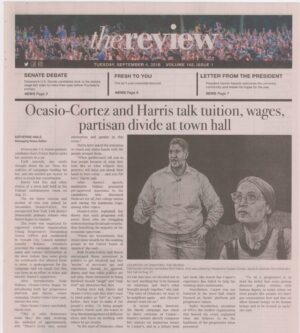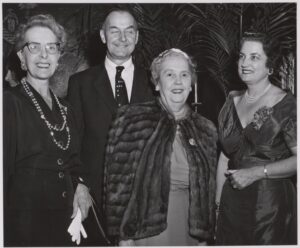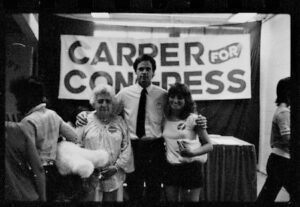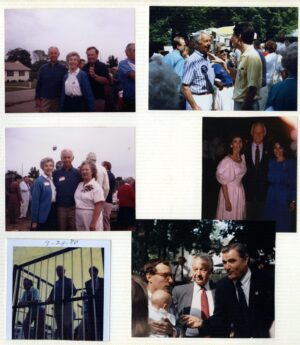To build rapport with voters and get their governing message out, candidates have two avenues of political communication: direct and indirect communication. In-person events and interpersonal contact between candidates, their surrogates and voters are considered direct communication. Indirect communications encompasses all other modes and mediums where the candidate and voter can “interact.”
There are different types of campaign events, designed to play on the candidate’s strengths and encourage as much interaction between a candidate and potential voters as possible. Different events offer different levels of interaction and provide voters with different ways of getting to know the candidate as a person and as a leader.
Campaign announcements: These are the first formal events for candidates, where they declare publicly their intent to run.
Rallies: These large-scale events allow candidates to address many voters at the same time. Rallies are opportunities for candidates to speak, and for supporters to gather together.
For presidential candidates, a series of rallies needs to be planned. While modern candidates can fly around the country, in previous campaigns, train travel was essential to get between campaign stops. The time needed to travel between stations led to candidates delivering stump speeches from the back of the train. These "whistle stop tours" were very common in the late nineteenth and early twentieth centuries.
Meet-the-Candidate events: Events where multiple candidates can meet and answer questions from candidates.
Town Halls: Open forums designed to allow voters to engage in dialog with political candidates about important issues. Town halls are important during the campaign, but are useful to maintain engagement with constituents between election cycles.
"Meet and greets": Whether at the State Fair, a high-end reception, or walking through neighborhoods, any opportunity for a candidate to interact with supporters is important.

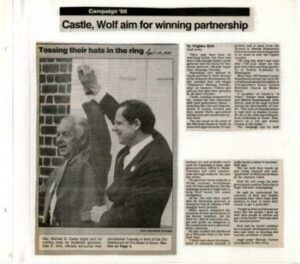
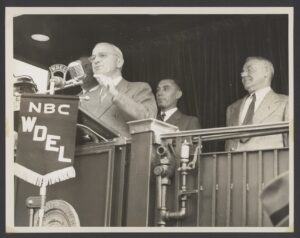
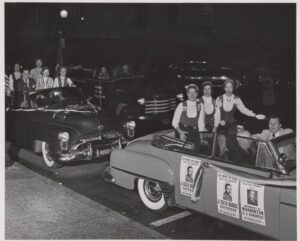
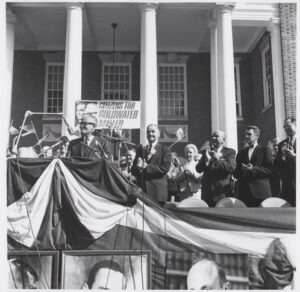
![Presidential campaign of Al Smith, “‘Governor [Alfred E.] Smith’s Special Campaign Train’ itinerary and passenger list,” September-October 1928, from the Harold Brayman papers](https://exhibitions.lib.udel.edu/trail-to-the-voting-booth/wp-content/uploads/sites/97/2020/09/1_12_SMith_train_19283-scaled-e1599181375773.jpg)

